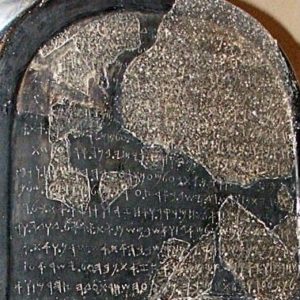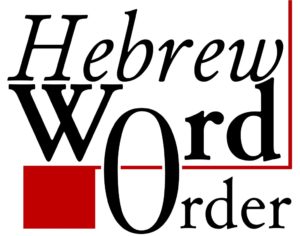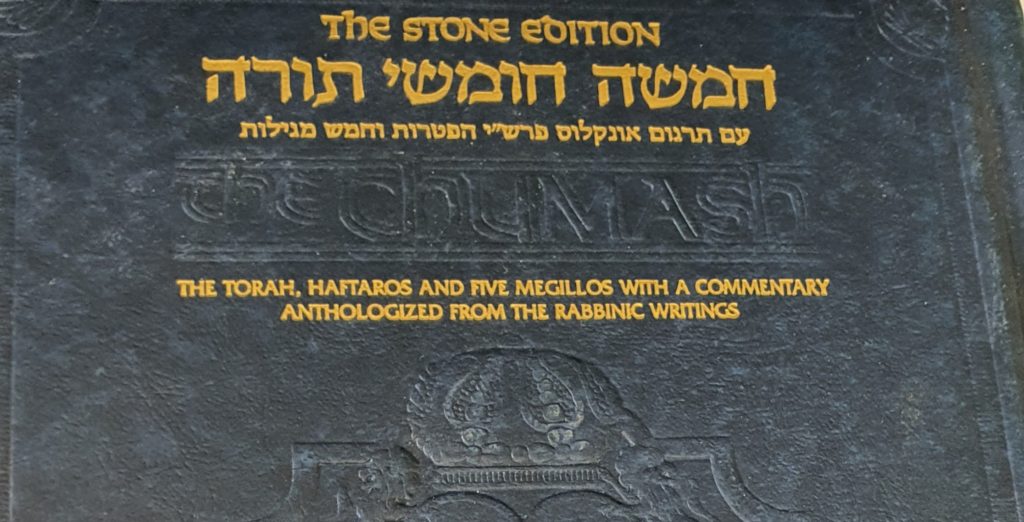Learning Biblical Hebrew can be frustrating sometimes, especially to those who have previously only learned living languages. Having native speakers to whom you can ask questions might be the most advantageous resource when learning a language. Unfortunately, we do not have native speakers with Biblical Hebrew. We can still, however, use modern language learning to help guide our Biblical Hebrew learning.
There are four main language skills that contribute to language learning: listening, reading, speaking, and writing. The more we practice these four skills in Hebrew the greater our facility with Hebrew will grow. Learning a language well involves learning and honing all four of these skills. Yes, you could learn to read the Hebrew Bible without using all of these skills, but you will get the most out of the text when you approach it from multiple avenues. The more tools in the toolkit, the easier the work. It is also worth noting that none of these skills can be neatly divided into their own category. They all feed into and flow out of each other.



